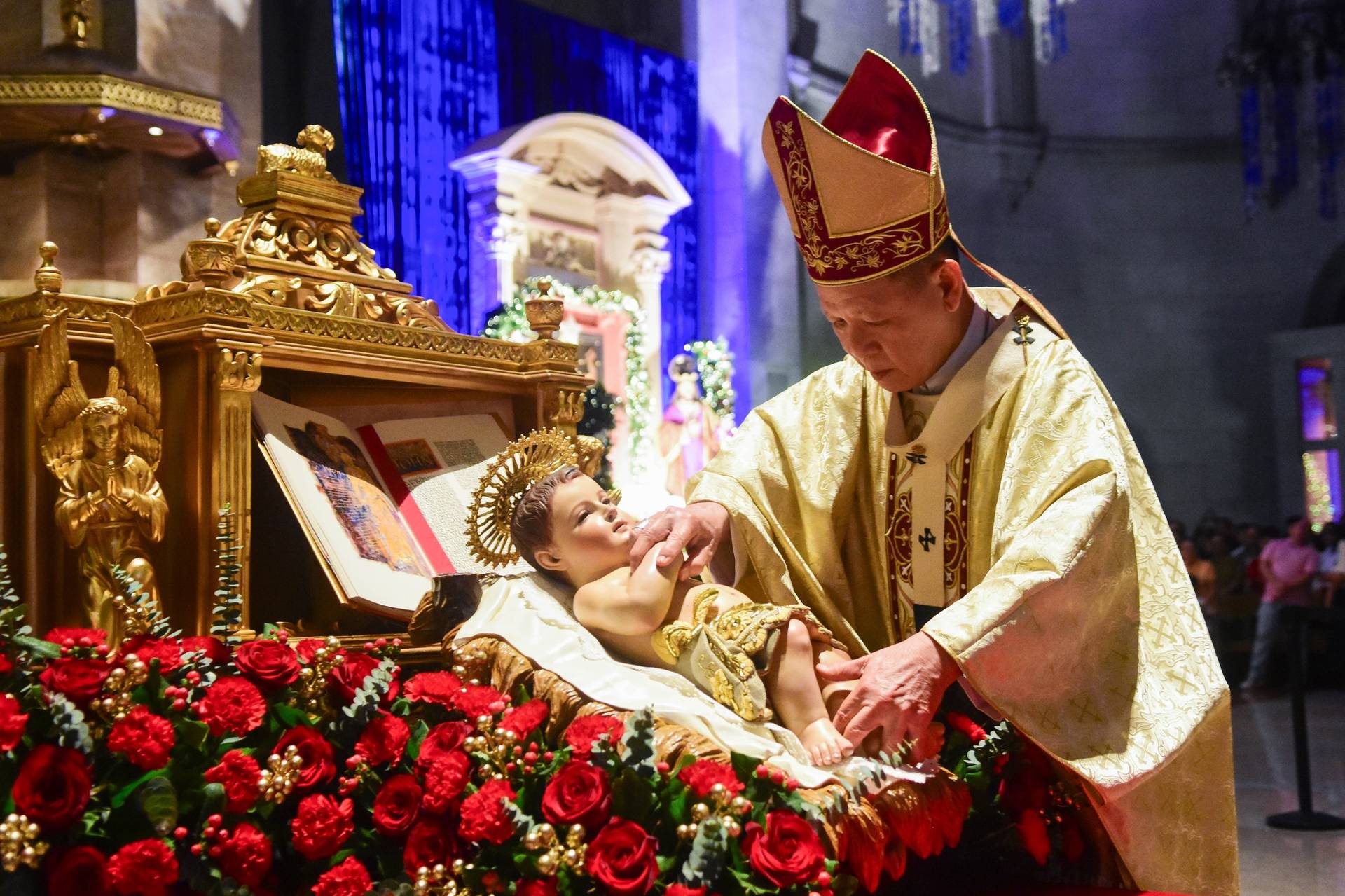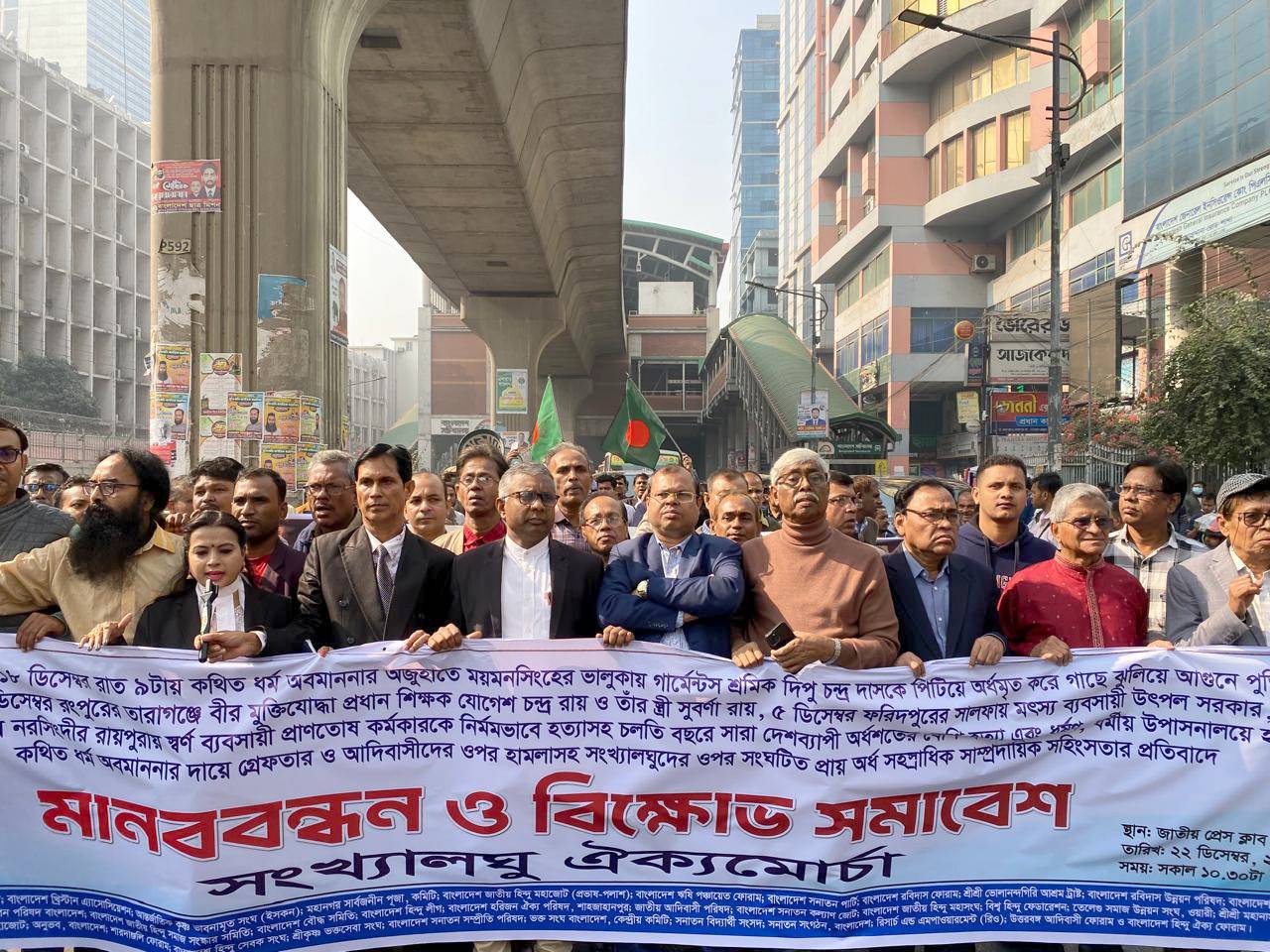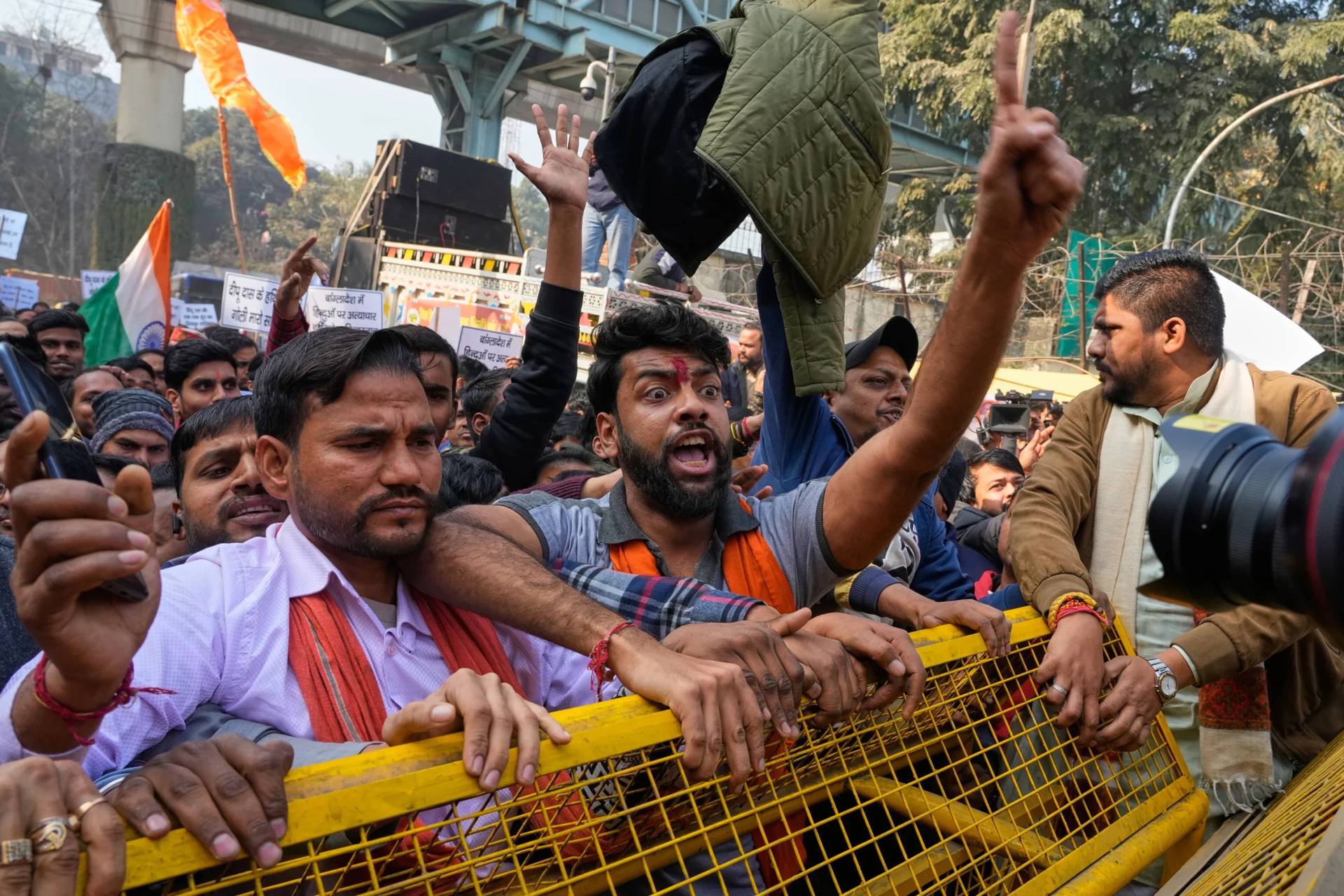MUMBAI – In the latest escalation of an intense liturgical standoff in India’s Syro-Malabar Church, a vicar who had defied the orders of his papally-appointed apostolic administrator has been removed from his post, though some clergy and laity have refused to accept the decision and launched a public protest.
One priests’ group has called for the apostolic administration to be fired instead, accusing him of being “drunk with power.”
The dispute is unfolding within the Syro-Malabar Church, the second largest eastern Church in communion with Rome after the Greek Catholic Church in Ukraine. It focuses on how the Mass should be celebrated, with the Church’s leadership insisting on a uniform style with the priest facing the altar during the Eucharistic prayers but a large section of clergy and laity demanding an option for the priest to face the people throughout.
The row has been especially tumultuous, featuring protests outside and, occasionally, even inside churches, and it’s left the St. Mary’s Cathedral Basilica in Ernakulam, the primatial see of the Syro-Malabar Church, effectively closed for months.
A recent emergency meeting of the synod of the Syro-Malabar Church, made up of Cardinal George Alencherry and leading bishops, backed the uniform method for celebrating the Mass and called for its immediate implementation.
On June 22, Archbishop Andrews Thazhath, the papally appointed apostolic administrator of the Archdiocese of Ernakulam-Angamaly, had set a deadline of July 2 for Father Antony Nariculam, vicar of the basilica, to reopen the church and to see that the uniform method of the Mass was implemented.
On July 1, Nariculam sent an email to Thazhath saying he was unable to meet the deadline due to protests and resistance from clergy and parishioners at the basilica.
In that email, Nariculam said that after Thazhath was appointed apostolic administrator in July 2022, he had “repeatedly requested” that the archbishop “begin a process of dialogue in order to establish a rapport of mutual trust with the priests and the people.”
Nariculam accused the archbishop of rejecting the proposal, and insisting that his only mandate was to introduce the new liturgy.
“Your intransigent attitude only aggravated the crisis, shutting even the half-open doors of dialogue which I had initiated,” Nariculam wrote. “This has affected also my efforts in the context of the cathedral basilica.”
In response, on July 4 Thazhath issued a new order July 4 removing Nariculam from his position.
“After discussions with the concerned persons, especially the members of the permanent synod… you are hereby relieved from your office of vicar of St Mary’s Cathedral Basilica, Ernakulam, and other attached offices and appointed as vicar of St Mary’s Forane Church, Moozhikulam, with effect from July 4,” said the one-page order, a copy of which was obtained by Crux.
Thazhath decreed that control of the basilica would pass to Father Antony Puthavelil, the current administrator of the church.
That evening, a large number of parishioners staged a protest outside the basilica, insisting that the decision to remove Nariculam would adversely affect efforts to resolve the crisis. Protesters raised black flags on the perimeter wall of the basilica and announced that they would not accept the decision, preventing Puthavelil from entering.
Meanwhile, a group called “Athiroopatha Samrakshana Samithi,” made up of priests in the archdiocese, demanded that Thazhath resign from his post instead. Father Sebastian Thaliyan, the leader of the group, said in a statement that the order transferring Nariculam, who was loved by the parishioners, was an example of being “drunk with power.”
St. Mary’s Cathedral Basilica has been closed for the past seven months following a dispute over a unified mass offering. Thazhath decreed that the decision of the synod to open the basilica for worship should be implemented immediately.
Father Paul Thelakat, a former spokesperson for the Syro-Malabar Church, told Crux the effect of Thazhath’s decree may be to deepen the standoff.
“The archbishop is giving orders, some of which cannot be fulfilled in the given situation,” Thelakat said.
“The archbishop is not ready to discuss with anyone, either from the curia of the archdiocese nor with the clergy and faithful. He is adamant on obedience; he continuously quotes cannon laws,” he said.
“Pastoral problems can be solved only with open discussions, [but] the bishops are not open,” Thelakat said.
In 2021, the Church’s synod decided to adopt a uniform mode of celebrating the liturgy, in which priests are to face the people during the Liturgy of the Word and then the altar during the Liturgy of the Eucharist, turning around again to address the congregation after communion.
While virtually all of the Church’s dioceses have adopted the new system, clergy and laity in the Archdiocese of Ernakulam-Angamaly, by far the largest Syro-Malabar jurisdiction, have rejected it, arguing that facing the people throughout the Mass is a legitimate liturgical variation and one more consistent with the reforms of the Second Vatican Council (1962-65).















